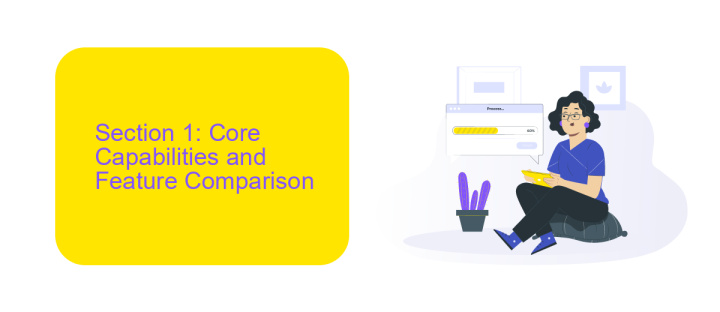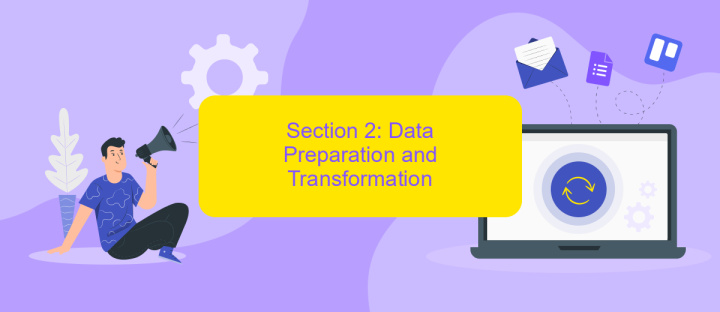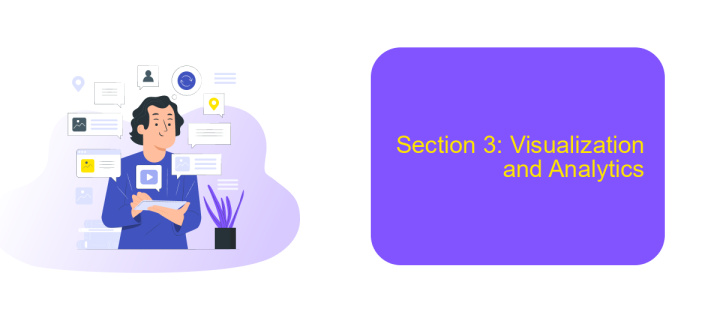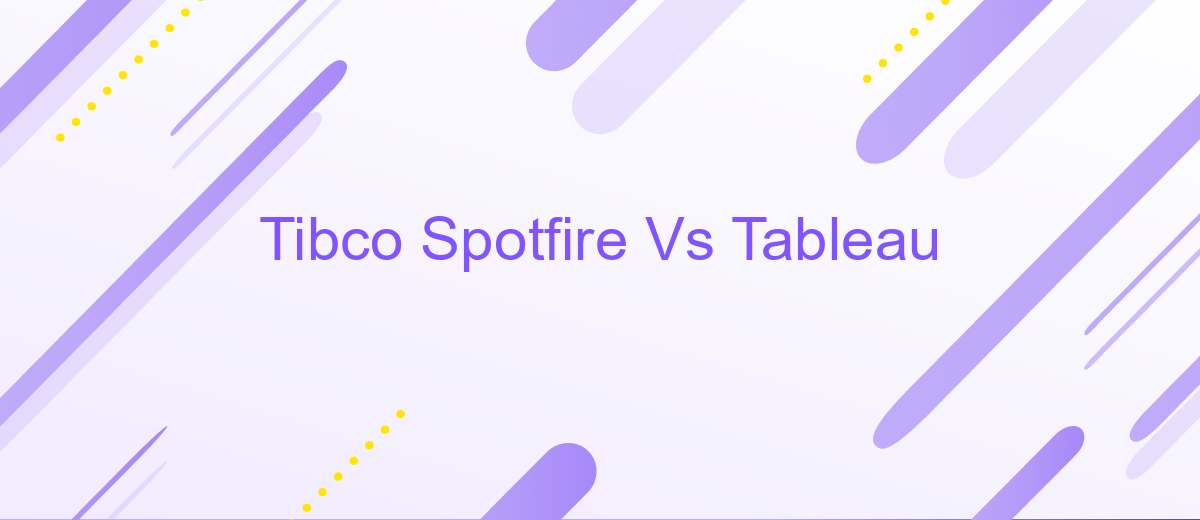Tibco Spotfire Vs Tableau
When it comes to data visualization and business intelligence, two prominent tools often stand out: Tibco Spotfire and Tableau. Both platforms offer robust features designed to help organizations make data-driven decisions. This article aims to compare Tibco Spotfire and Tableau, highlighting their strengths and weaknesses, to help you determine which tool best suits your analytical needs.
Introduction: Overview of Tibco Spotfire and Tableau
Tibco Spotfire and Tableau are two leading platforms in the field of data visualization and business intelligence. Both tools offer robust features that help organizations analyze data, derive insights, and make informed decisions. While they share some similarities, each has its own unique strengths and capabilities.
- Tibco Spotfire: Known for its advanced analytics and predictive modeling capabilities.
- Tableau: Renowned for its user-friendly interface and powerful data visualization features.
Choosing between Tibco Spotfire and Tableau depends on your specific needs, such as the level of data complexity, user experience, and integration requirements. For instance, if seamless integration with various data sources is crucial, services like ApiX-Drive can facilitate the process, ensuring smooth data flow and enhanced productivity. Understanding the unique advantages of each platform will help you make an informed decision tailored to your business needs.
Section 1: Core Capabilities and Feature Comparison

When comparing Tibco Spotfire and Tableau, it is essential to evaluate their core capabilities and features. Tibco Spotfire excels in data visualization and advanced analytics, offering robust tools for predictive analysis, real-time data processing, and geospatial analytics. Its AI-driven recommendations and automated insights make it a powerful tool for data scientists and business analysts alike. Tableau, on the other hand, is renowned for its user-friendly interface and ease of use. It provides a wide range of visualization options and is particularly strong in creating interactive dashboards and reports. Tableau’s drag-and-drop functionality allows users to build complex visualizations without requiring extensive technical knowledge.
Both platforms support integration with various data sources, but their approaches differ. Tibco Spotfire offers seamless integration with enterprise systems and supports advanced data wrangling capabilities. Tableau integrates well with numerous databases, cloud services, and third-party applications, making it versatile for different business environments. For businesses looking to streamline their integration processes, services like ApiX-Drive can be invaluable. ApiX-Drive facilitates the automation of data transfers between systems, enhancing the efficiency of both Tibco Spotfire and Tableau implementations. This ensures that data is consistently up-to-date and readily available for analysis, enabling more informed decision-making.
Section 2: Data Preparation and Transformation

Data preparation and transformation are crucial steps in any data analysis workflow. Both Tibco Spotfire and Tableau offer robust tools to help users clean, transform, and prepare their data for analysis.
- Tibco Spotfire: Spotfire provides a wide range of data wrangling features, including data cleansing, merging, and pivoting. Users can leverage inbuilt functions to handle missing values, outliers, and duplicate records. Additionally, Spotfire supports advanced scripting capabilities through R and Python, allowing for more complex data manipulations.
- Tableau: Tableau offers a user-friendly interface for data preparation. The Tableau Prep Builder allows users to visually combine, shape, and clean their data. It supports various data transformation tasks such as joins, unions, and aggregations. Tableau also integrates seamlessly with external services like ApiX-Drive, enabling automated data imports and synchronization from multiple sources.
In summary, both platforms provide comprehensive tools for data preparation and transformation. Tibco Spotfire excels in advanced scripting and complex data manipulations, while Tableau stands out for its intuitive interface and integration capabilities, particularly with services like ApiX-Drive for automated data workflows.
Section 3: Visualization and Analytics

When it comes to data visualization and analytics, both Tibco Spotfire and Tableau offer robust solutions. Tibco Spotfire excels in providing advanced analytics capabilities, including predictive analytics, real-time data streaming, and complex event processing. It is particularly well-suited for users who need to perform deep data exploration and sophisticated data modeling.
Tableau, on the other hand, is renowned for its user-friendly interface and ease of use. It allows users to create interactive dashboards and visualizations with minimal effort. Tableau's drag-and-drop functionality makes it accessible to users with varying levels of technical expertise, from beginners to advanced analysts.
- Tibco Spotfire: Advanced analytics, real-time data streaming, complex event processing.
- Tableau: User-friendly interface, drag-and-drop functionality, interactive dashboards.
For those looking to integrate these tools with other applications and services, ApiX-Drive offers a seamless solution. ApiX-Drive enables users to automate data workflows and connect Tibco Spotfire or Tableau with various data sources and business applications, enhancing the overall efficiency and effectiveness of data analytics processes.
Conclusion: Key Differences and Recommendations
In conclusion, Tibco Spotfire and Tableau each offer unique strengths tailored to different business needs. Tibco Spotfire excels in advanced data analytics and predictive modeling, making it ideal for industries requiring deep data insights and complex data handling. Its robust integration capabilities, especially with services like ApiX-Drive, streamline workflows and enhance data connectivity.
On the other hand, Tableau stands out for its user-friendly interface and powerful data visualization tools, which are perfect for businesses that prioritize ease of use and impactful visual storytelling. Tableau’s community support and extensive learning resources make it accessible for users at all skill levels. Ultimately, the choice between Tibco Spotfire and Tableau should be guided by your specific business requirements—whether you need advanced analytics and integration or intuitive visualization and user support.


FAQ
What are the key differences between Tibco Spotfire and Tableau?
Which tool is better for real-time data analysis?
How do Tibco Spotfire and Tableau handle data integration?
Can I automate data workflows and integrations with Tibco Spotfire and Tableau?
Which tool is more cost-effective for small to medium-sized businesses?
Apix-Drive will help optimize business processes, save you from a lot of routine tasks and unnecessary costs for automation, attracting additional specialists. Try setting up a free test connection with ApiX-Drive and see for yourself. Now you have to think about where to invest the freed time and money!

